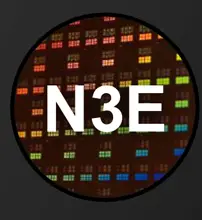LightningZ71
Platinum Member
- Mar 10, 2017
- 2,508
- 3,190
- 136
APUs and their beefy iGPUs, as opposed to the smaller "just put a picture on the screen" iGPUs installed in the rest of today's chips, have suffered from a problem called "alternative cost".
Ever since AMD started putting usable sized iGPUs on them, they have been priced higher than better performing alternatives. There was never released to general retail a laptop that has just a Rembrandt APU with the full iGPU configuration that was a better value than any of the 1650/2050/3050 equipped laptops that were typically sold for less at retail. The only thing that AMD managed to do in the market was kill off Nvidia's MX line, which likely saved NVidia money by not having to validate, design and test such a low margin part. The same has held true through Phoenix and Hawk Point. As long as NVidia has been willing to price bottom end dGPUs low enough and provide engineering assistance to make the cost of their integration minimal to the OEMs, there's never really been a point to big iGPU chips, save for very specific markets that aren't large enough to support the development costs.
As for handhelds, it's still an immature market that likely still isn't large enough to generate a big profit, if any at all.
Ever since AMD started putting usable sized iGPUs on them, they have been priced higher than better performing alternatives. There was never released to general retail a laptop that has just a Rembrandt APU with the full iGPU configuration that was a better value than any of the 1650/2050/3050 equipped laptops that were typically sold for less at retail. The only thing that AMD managed to do in the market was kill off Nvidia's MX line, which likely saved NVidia money by not having to validate, design and test such a low margin part. The same has held true through Phoenix and Hawk Point. As long as NVidia has been willing to price bottom end dGPUs low enough and provide engineering assistance to make the cost of their integration minimal to the OEMs, there's never really been a point to big iGPU chips, save for very specific markets that aren't large enough to support the development costs.
As for handhelds, it's still an immature market that likely still isn't large enough to generate a big profit, if any at all.




